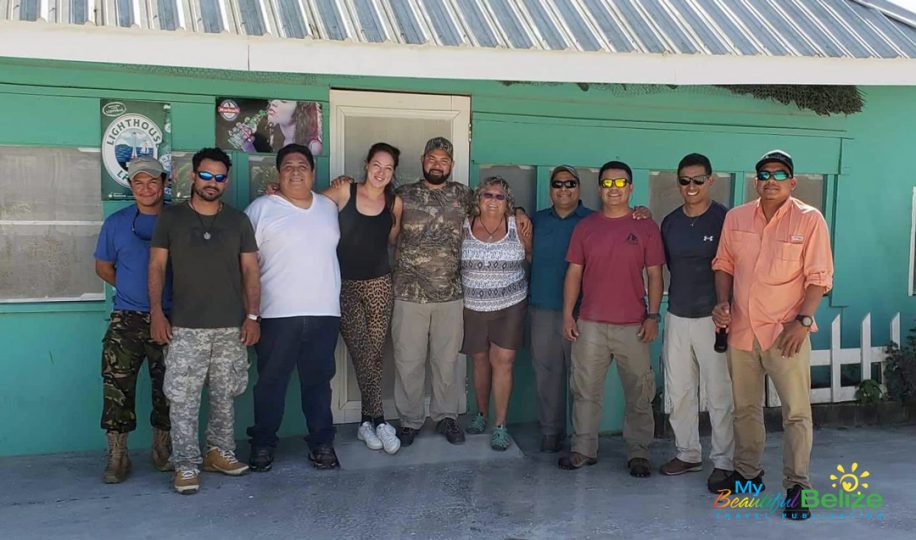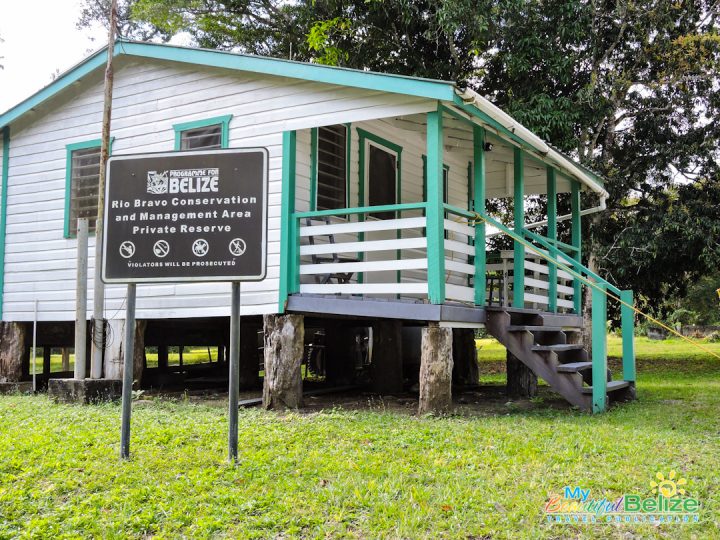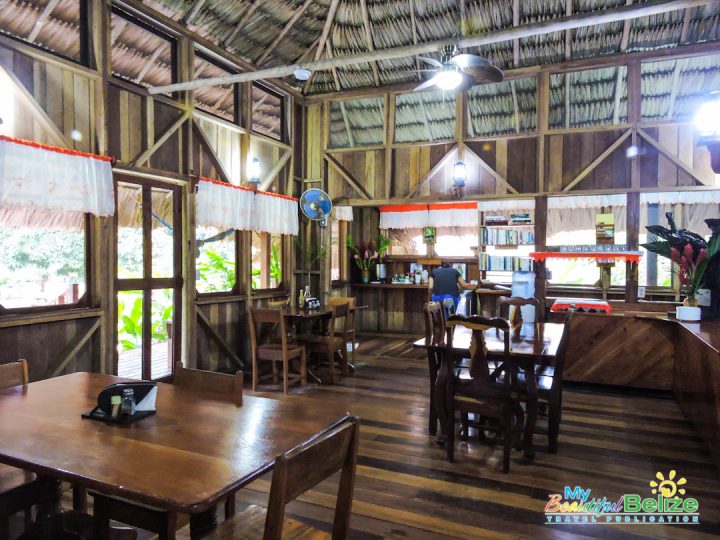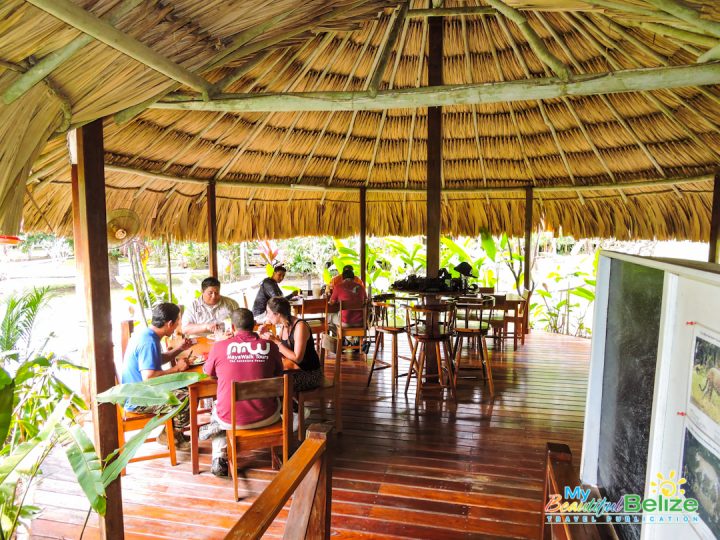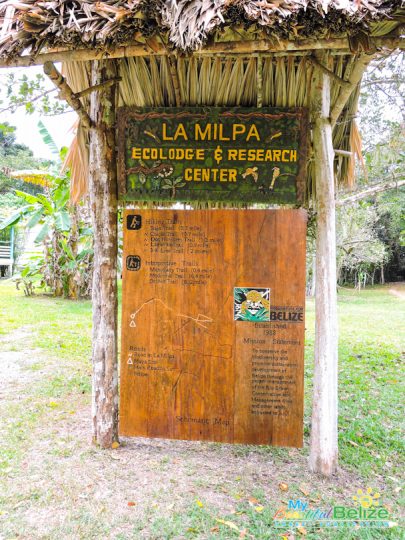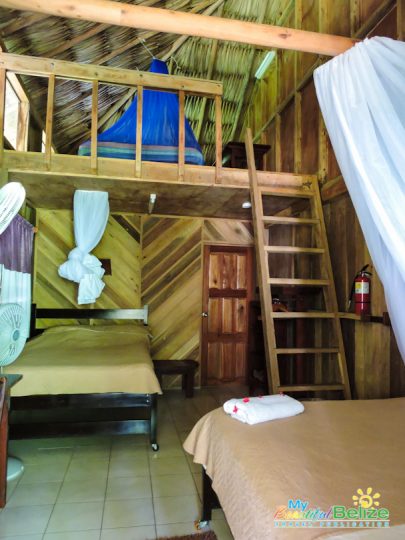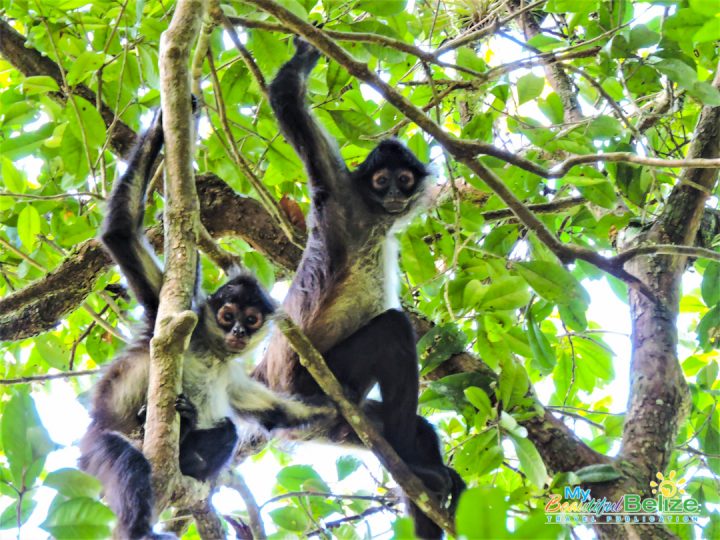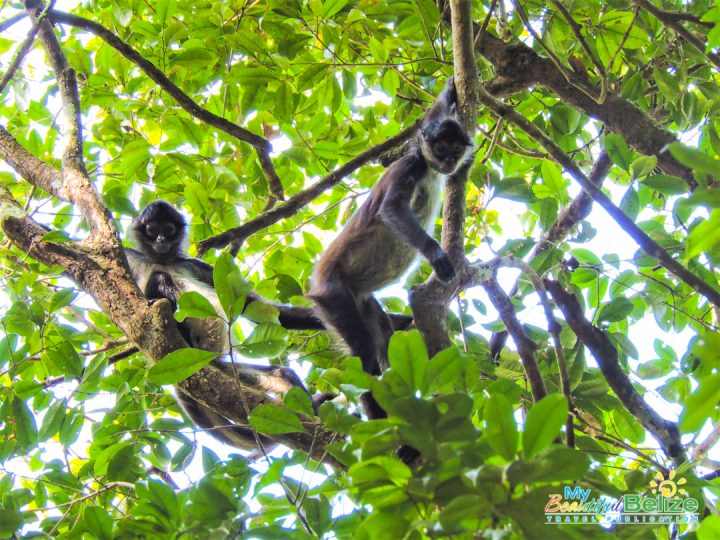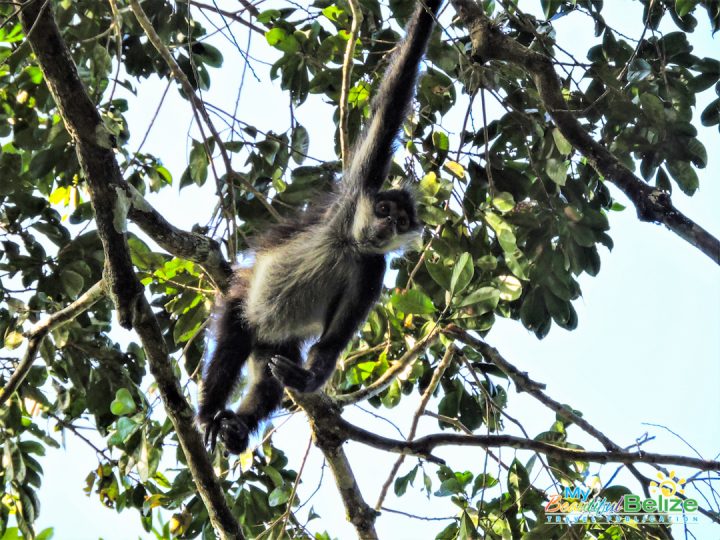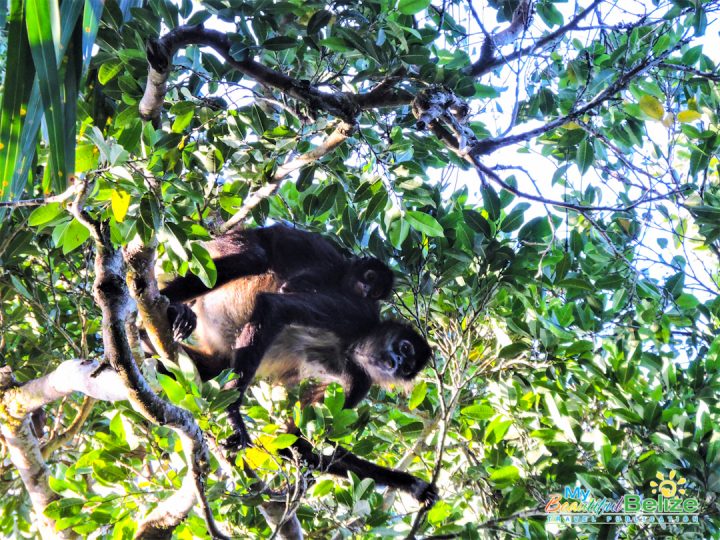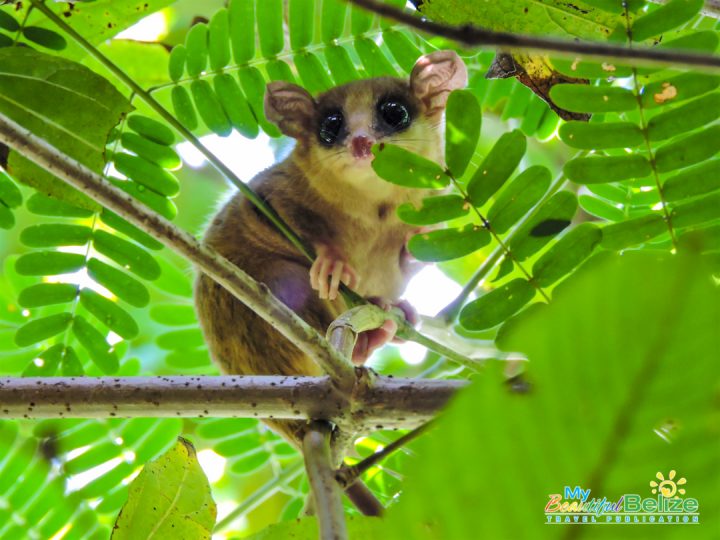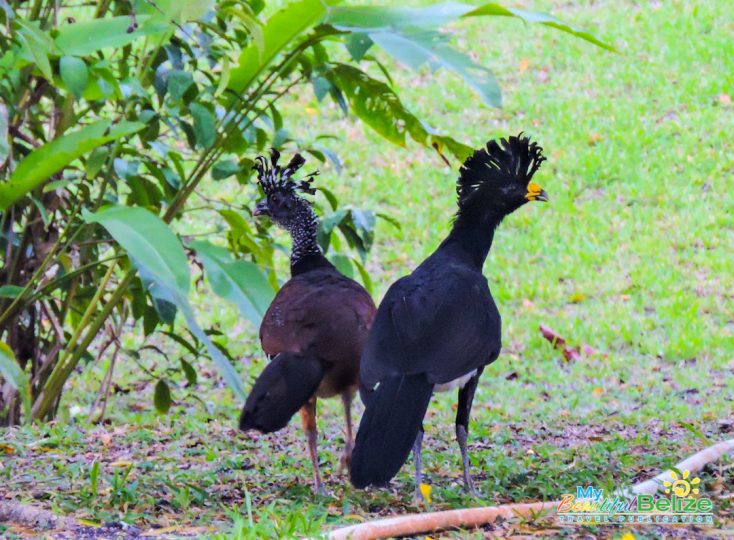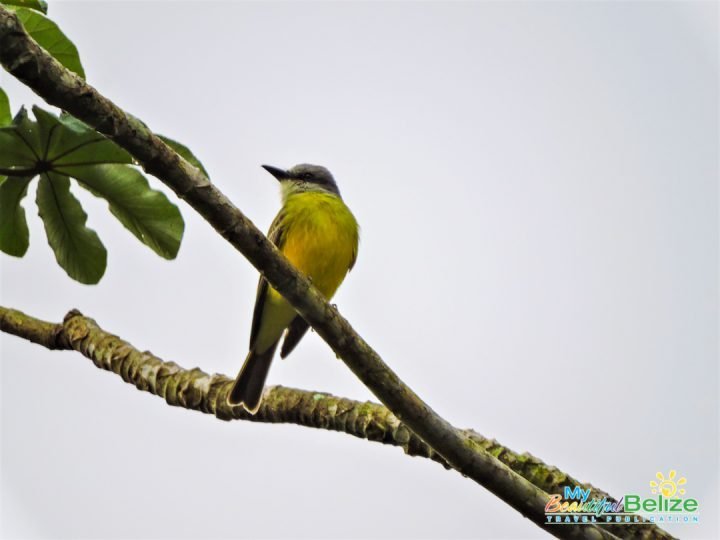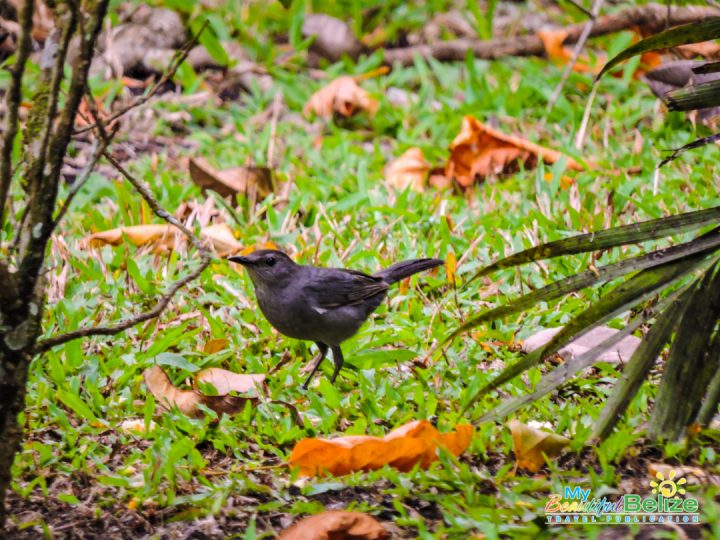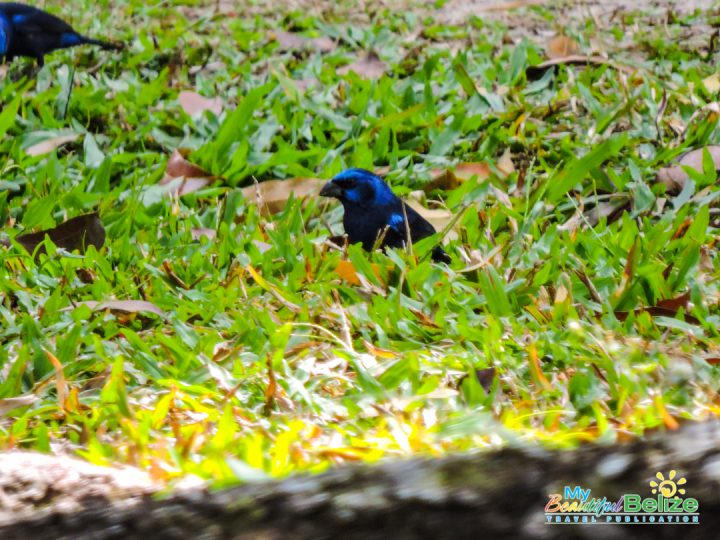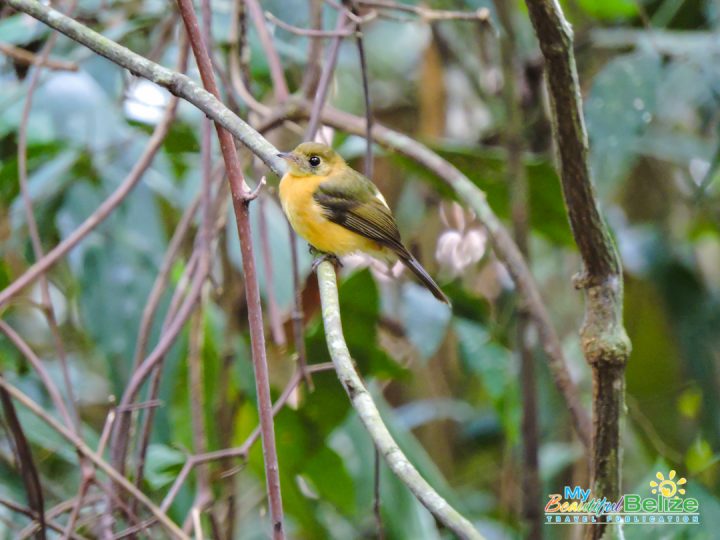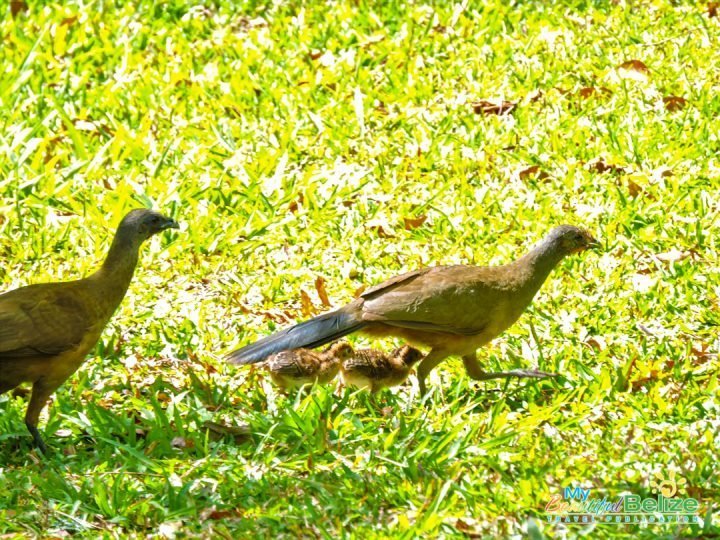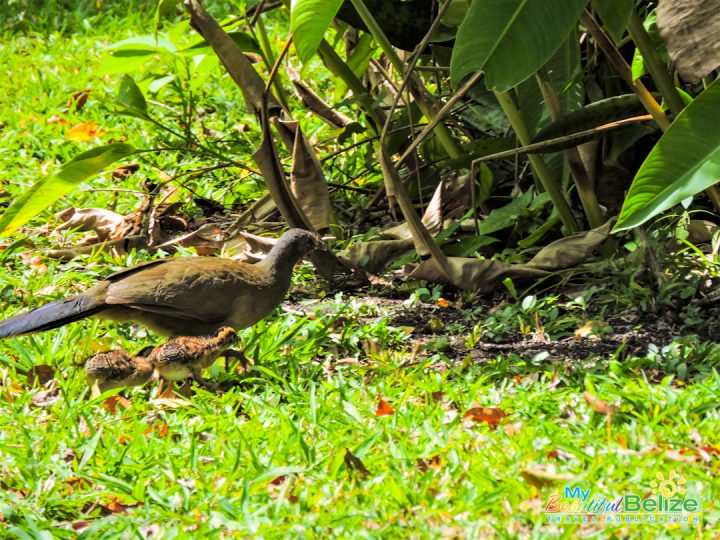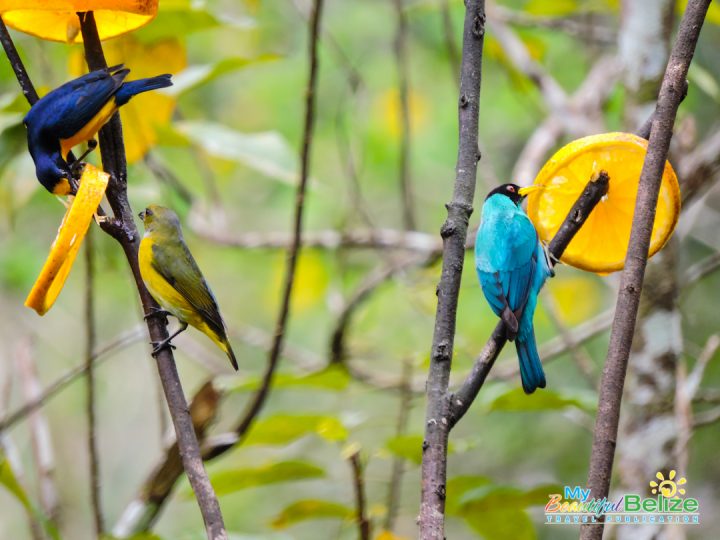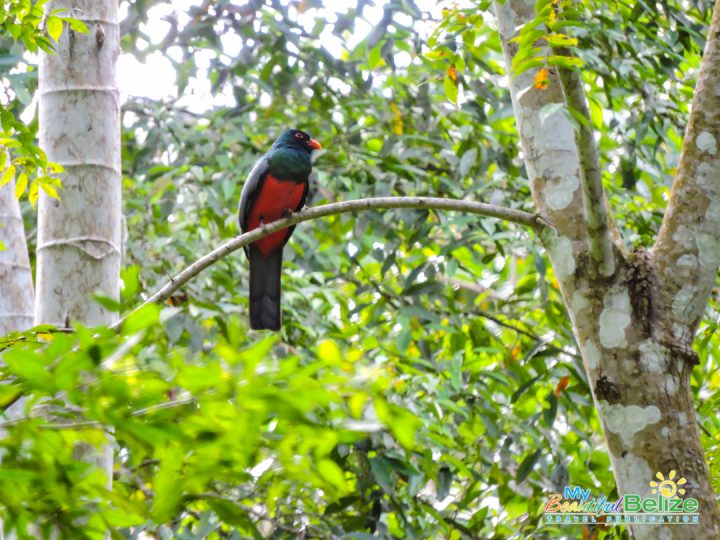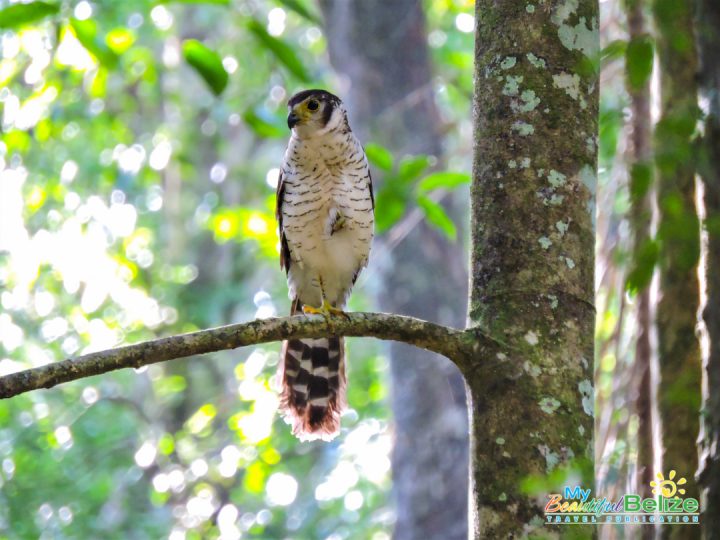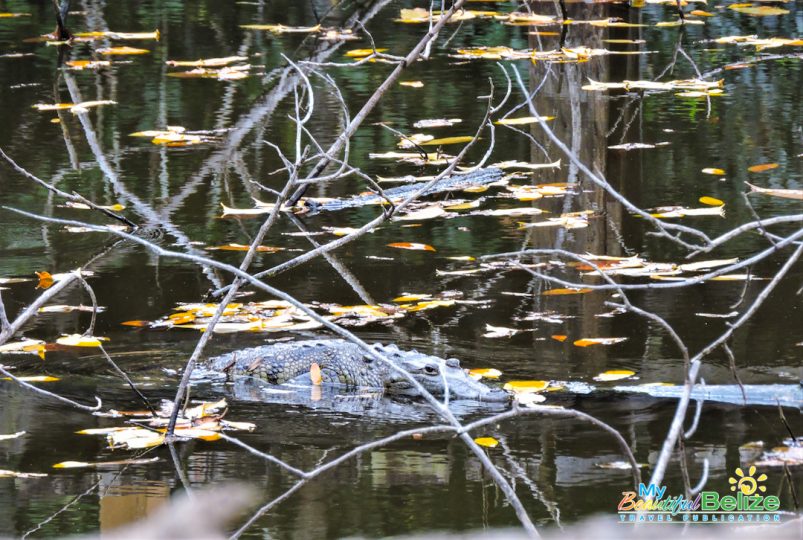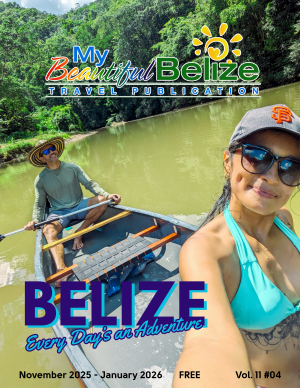One of the many things that make visiting Belize an exceptional experience is the variety of accommodations you can choose from, and where they are located makes a big difference in how you explore the surrounding area. For those who want to be immersed within a unique, wild environment and don’t mind roughing it a little bit, Belize offers opportunities where you stay within protected areas where the jungle and her creatures meet you at the front door.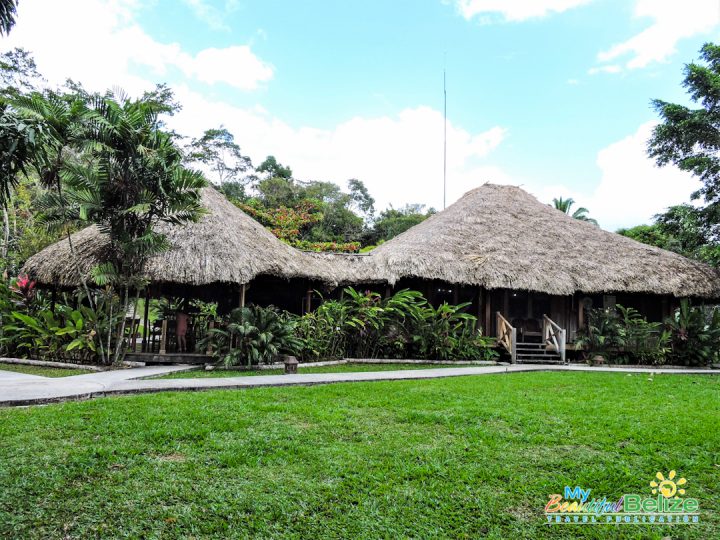
One such place is La Milpa Lodge and Research Center within the Rio Bravo Conservation and Management Area (RBCMA) in north-western Belize. Just a two and a half hour’s drive from Belize City, the Rio Bravo Conservation and Management Area was established in 1989 as a private reserve when forested land and other natural ecosystems were threatened with deforestation and fragmentation. This 254,000-acre reserve represents approximately 4% of Belize’s total land area. It is the largest private reserve in Belize and second largest single protected area in the country. Teeming with exotic wildlife of all forms and impressive flora, long-term research within the reserve ecosystems count for some 745 species of flora along with complete and healthy animal communities including large cats and birds of prey, both native and species that are under pressure elsewhere in the Central American range. Over 70 mammal species and 350 bird species have been recorded in Rio Bravo. As a guest at La Milpa Lodge and Research Center, your opportunities to see these magnificent creatures are many.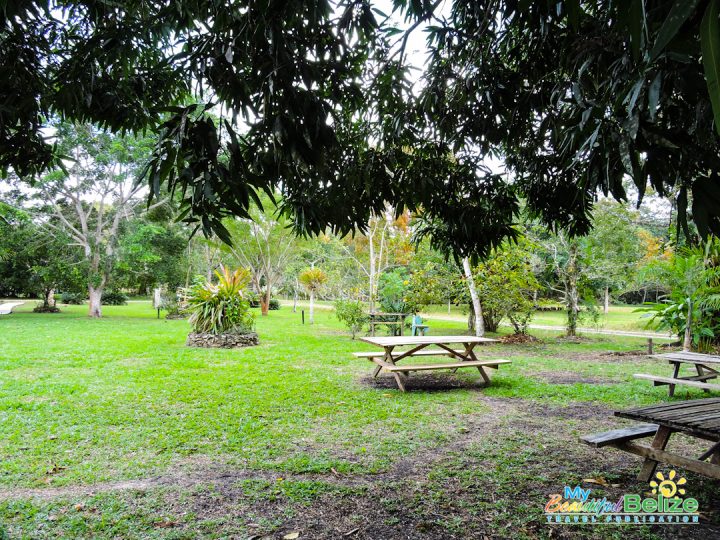
I have always wanted to explore this wild area, and I was more than excited to accompany Belizean Birder Extraordinaire Roni Martinez when he led a group of birding guides on a two-day tour in February. The best thing about hanging out with birders is not only their great sense of humor and friendliness but their shared passion for all things nature. I may not be fluent at speaking bird, but when it comes to nature, we understand each other perfectly!
La Milpa Lodge is a cozy jungle abode with a common dining area inside and out. We are welcomed by Vladimir Rodriguez, who along with his family, have managed the lodge and research center for years. The rustic cottages are clean and comfy, complete with electricity and even running hot water! Meals of yummy homemade food are served buffet style, and the common area lends to visiting with the other guests over a cold Belikin beer about the day’s adventure, or what awaits. 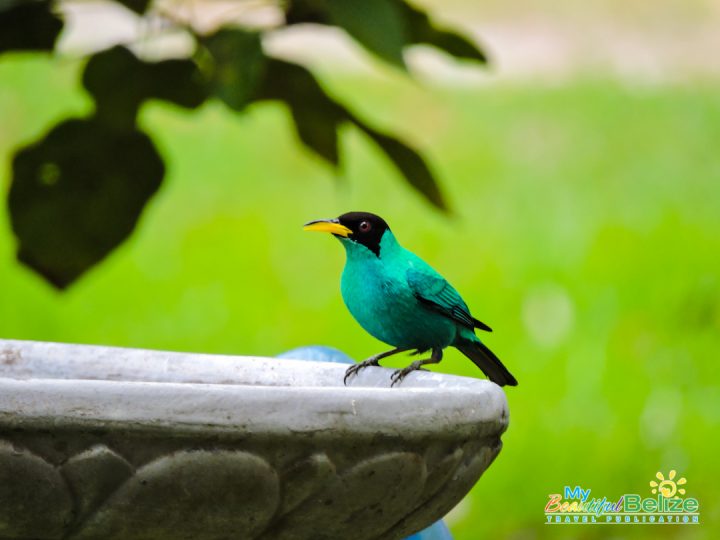 Beautiful hummingbirds frequent the nearby feeders and colorful Honeycreepers, Euphonias and Tanagers enjoy orange-slice offerings. While walking along the path to my cabin, I stop to enjoy a pair of Chachalacas with adorable fluffy babies foraging on the lawn and I spot a grey fox darting into the bushes. Next, in the procession, a regal pair of Great Curassows stroll by and above me a bright red-headed Lineated Woodpecker lights on a tree. All these creatures and I haven’t even left the compound!
Beautiful hummingbirds frequent the nearby feeders and colorful Honeycreepers, Euphonias and Tanagers enjoy orange-slice offerings. While walking along the path to my cabin, I stop to enjoy a pair of Chachalacas with adorable fluffy babies foraging on the lawn and I spot a grey fox darting into the bushes. Next, in the procession, a regal pair of Great Curassows stroll by and above me a bright red-headed Lineated Woodpecker lights on a tree. All these creatures and I haven’t even left the compound!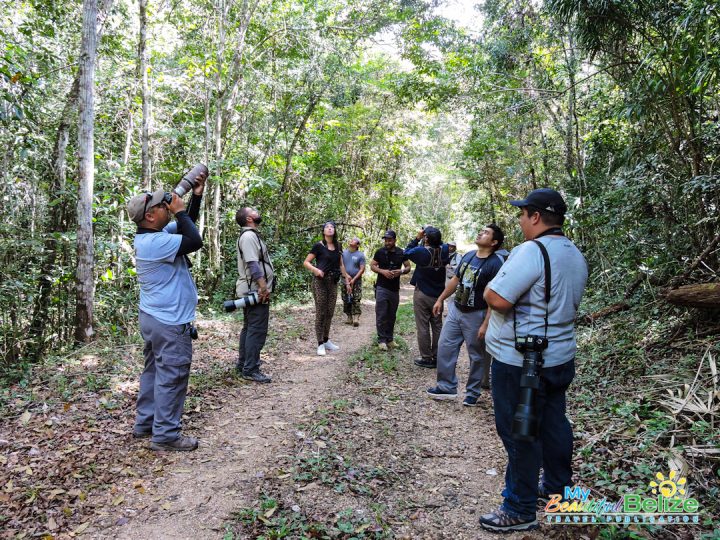
There are countless hiking trails in the area, and the knowledgeable guides at La Milpa Lodge, including Vladimir, are perfect to lead you on your quest for flora and fauna. Although our group is laser-focused on birds, we always stop and marvel at the creatures and the beauty of an area! Our hike takes us to La Milpa Archeological site which during the Pre-Classic era was home to the Maya until it was exploited by colonization for logwood. Long abandoned, the site is unexcavated, with ruins shrouded by centuries of jungle cover and Mother Nature’s reclamation of land.
High in the treetops Spider Monkeys bustle and peer down at us where we exchange glances and curiosity. The loud growl of Howler Monkeys resonates nearby, and glorious birds make their shy appearances. Slaty-tailed and Black-headed Trogons, White-crowned Parrots and a juvenile Barred Forest-Falcon are just a few of the 23 species we spot in a short amount of time. The next morning, extra early risers (sadly I was not one of them) return to the area where they see over 60 species of birds and a pair of Tamandua (Collared Anteaters) in the trees. The following day we hike along the Bajo Trail, where a Pheasant Cuckoo relentlessly plays hide and seek with us and we all delight in a small Mouse Opossum who stares down at us with bright bulging eyes and huge ears. So cute!
Managed by Programme for Belize, which was founded in 1988, the Rio Bravo Conservation and Management Area was established in 1989 when Belize began to embrace the importance of environment conservation. Coca Cola Inc was the first to donate 90,000 acres of land in the Orange Walk District to Programme for Belize, and over the years the area expanded through private land purchases and gifts. Since then Programme for Belize has established La Milpa Lodge and Research Center, the Hill Bank Field Station, developed six generations of management plans and maintains permanent management and protection in all sectors of the Rio Bravo Conservation and Management Area. The management of the RBCMA is based on ecosystem protection and sustainable use of forest resources, corresponding to an IUCN (International Union for Conservation of Nature) category VI protected area regime.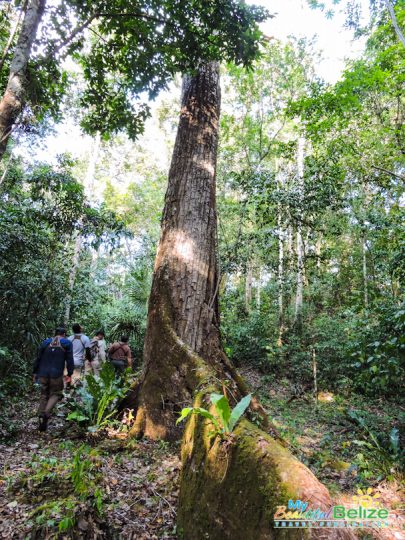
To learn more about Programme for Belize, the Rio Bravo Conservation and Management Area and La Milpa Lodge and Research Center please visit https://www.pfbelize.org/
